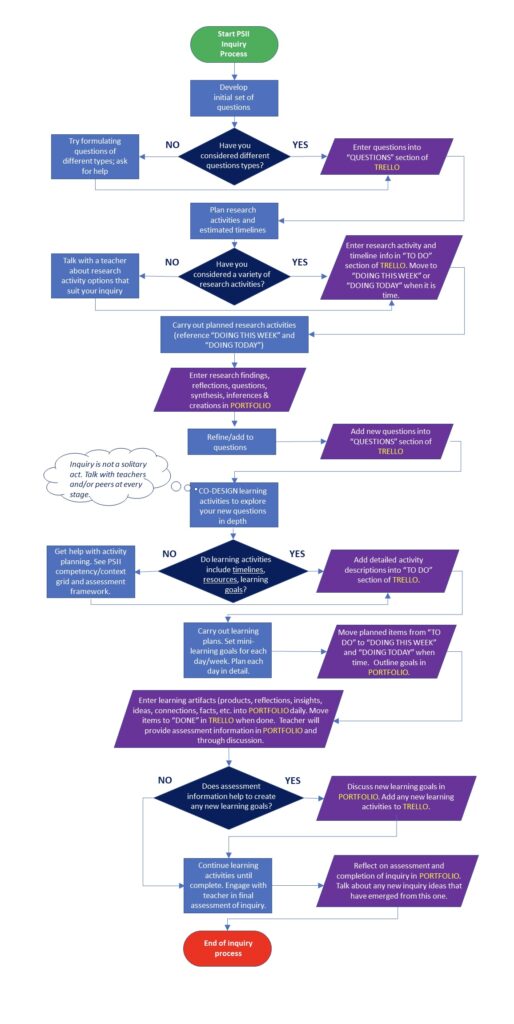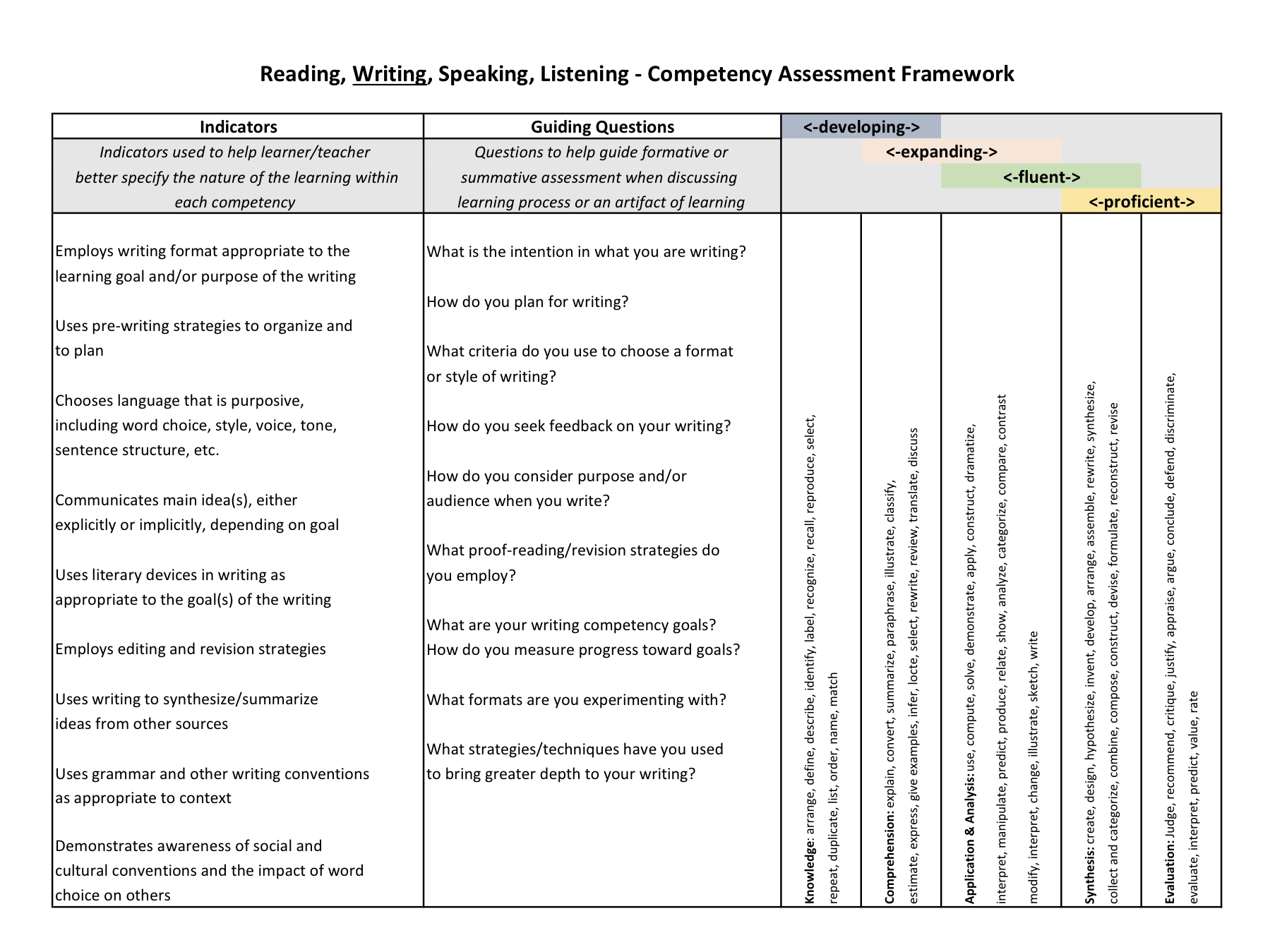Jeff Hopkins from Pacific School for Innovation and Inquiry visited today! It was really great to hear about his journey to radically change learning environments for students, and to pick his brain about his format.
PSII basically started when the gap between Jeff’s knowing how humans develop and learn best and the ‘doing’ of the learning experience in the educational system became intolerable. After considering the environment setup of Strong Start Centres for early learning (>5yo), the inquiry-based learning format of PSII was born.
The ideas he discussed that particularly appealed to me were the following:
- The student is already a member of society; the school system creates this artificial separation or ‘protection’ from the outside world, which doesn’t make sense. Students are already working and engaging society in significant ways in middle & high school! Some ways PSII moves toward this idea of the student as an active member of society is using community resources instead of attempting to recreate things they need in the school or classroom, eg. a gym when the local climbing gym can be used. Jeff mentioned that many inquiry projects end up being business ideas that flourish even beyond their high school education.
- The teachers work collaboratively in every aspect of a student’s learning. This in part is made possible by the PSII layout, in that they do not have set timetables or even spaces they use through the year, allowing students to set the pace and practice autonomy in their learning as well as allowing the teachers to meet together as needed to brainstorm and discuss. While this is possible in the district, it certainly takes more work to coordinate schedules between teachers.
- Since the students’ learning is inquiry-based, they are not taking courses in the traditional sense. Jeff described the courses as containers that are gradually filled (eg. competencies are checked off as they go), sometimes with a nudge from the teacher to try a particular ‘subject area’.
- Teachers have different level of engagement with students’ learning depending on the student; some students don’t need teachers to guide their learning–they naturally go to many different ‘courses’–where some students may need teachers to help guide or introduce an idea
- I stole (he said I could) PSII’s Inquiry Process Flowchart for future reference as well as an example of their Course Competency Framework:


Overall, I’m sold on inquiry-based learning, especially from an engagement and motivation standpoint!


